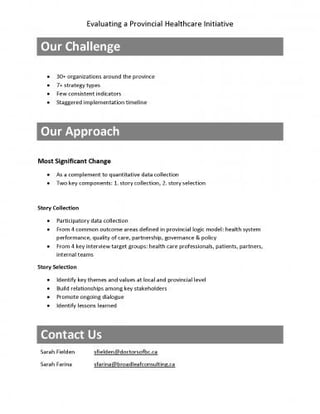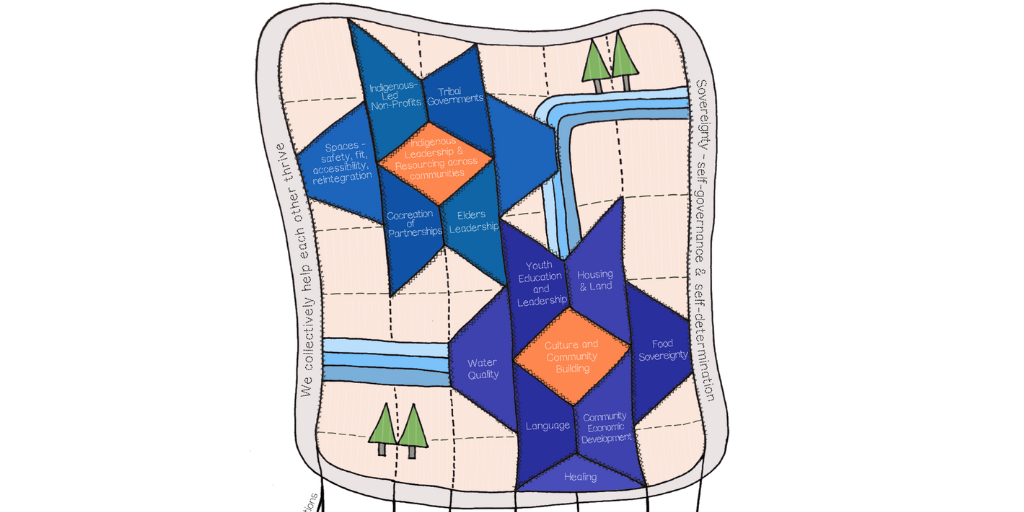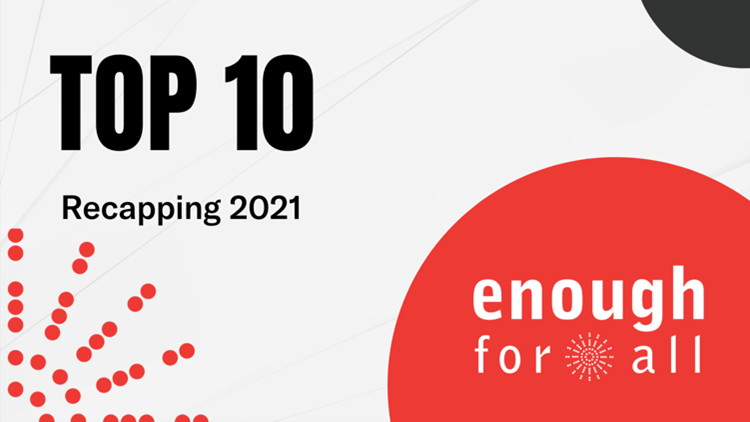Inquiring Minds
At a recent evaluation workshop by the Tamarack Institute, Liz Weaver and Mark Cabaj challenged us to consider evaluation as a kind of inquiry. Mark talked about how the conceptual use of evaluation helps us to reflect on multi-dimensional issues, noting that all frameworks reveal and distort- our challenge is to be effective in adapting. Liz urged us to think about our impact at a whole-community level. They suggested that learning requires implementation- we must try things in order to understand them. Mark talked about how there’s nothing worse than looking at a complex problem from behind a desk- we need learning-rich experience to help us understand complexity.
a kind of inquiry. Mark talked about how the conceptual use of evaluation helps us to reflect on multi-dimensional issues, noting that all frameworks reveal and distort- our challenge is to be effective in adapting. Liz urged us to think about our impact at a whole-community level. They suggested that learning requires implementation- we must try things in order to understand them. Mark talked about how there’s nothing worse than looking at a complex problem from behind a desk- we need learning-rich experience to help us understand complexity.
My colleague and I shared our work using Most Significant Change to evaluate a provincial healthcare initiative. Our challenge has been to evaluate across multiple organizations, regions and strategy types.
 We’ve been using Most Significant Change as a generative approach, where diverse stakeholders bring forward stories that are significant to them within key domains identified at the provincial level. This participatory method is helping us tell the story of innovation in a complex and ever-changing environment.
We’ve been using Most Significant Change as a generative approach, where diverse stakeholders bring forward stories that are significant to them within key domains identified at the provincial level. This participatory method is helping us tell the story of innovation in a complex and ever-changing environment.
It’s allowing us to gather rich data directly from the field, from those impacted-by and influencing the changes. The power of story is also that in the process, we are building relationships and increasing our collective capacity to articulate the work, the outcomes, and their significance at a local and provincial level.
Curiosity about Connections and Patterns
At a recent evaluation workshop: Evaluating Community Impact put on by the Tamarack Institute featuring Liz Weaver and Mark Cabaj, I participated in a workshop by Vanessa Timmer. Vanessa demonstrated systems mapping using an ecosystem model, asking us to find the connections between different parts of the system. I’ve used similar tools before, but have struggled with how to make sense of the work beyond the process. Vanessa put my mind at ease, noting that systems mapping is about being curious about connections and patterns. Essentially, the process is a big part of the outcome with this tool. It allows a group to communicate about its assumptions, perceptions and expectations. Seen in that light, I really appreciated what it could do.
We also watched an incredibly illuminating video by Eric Berlow. He showed us how to take something complex and break it down into something simple.
He asks two basic questions:
- What is the sphere of influence you care about most?
- If you eliminate everything not actionable and not under your control, what is left?
The answer is pretty simple.





